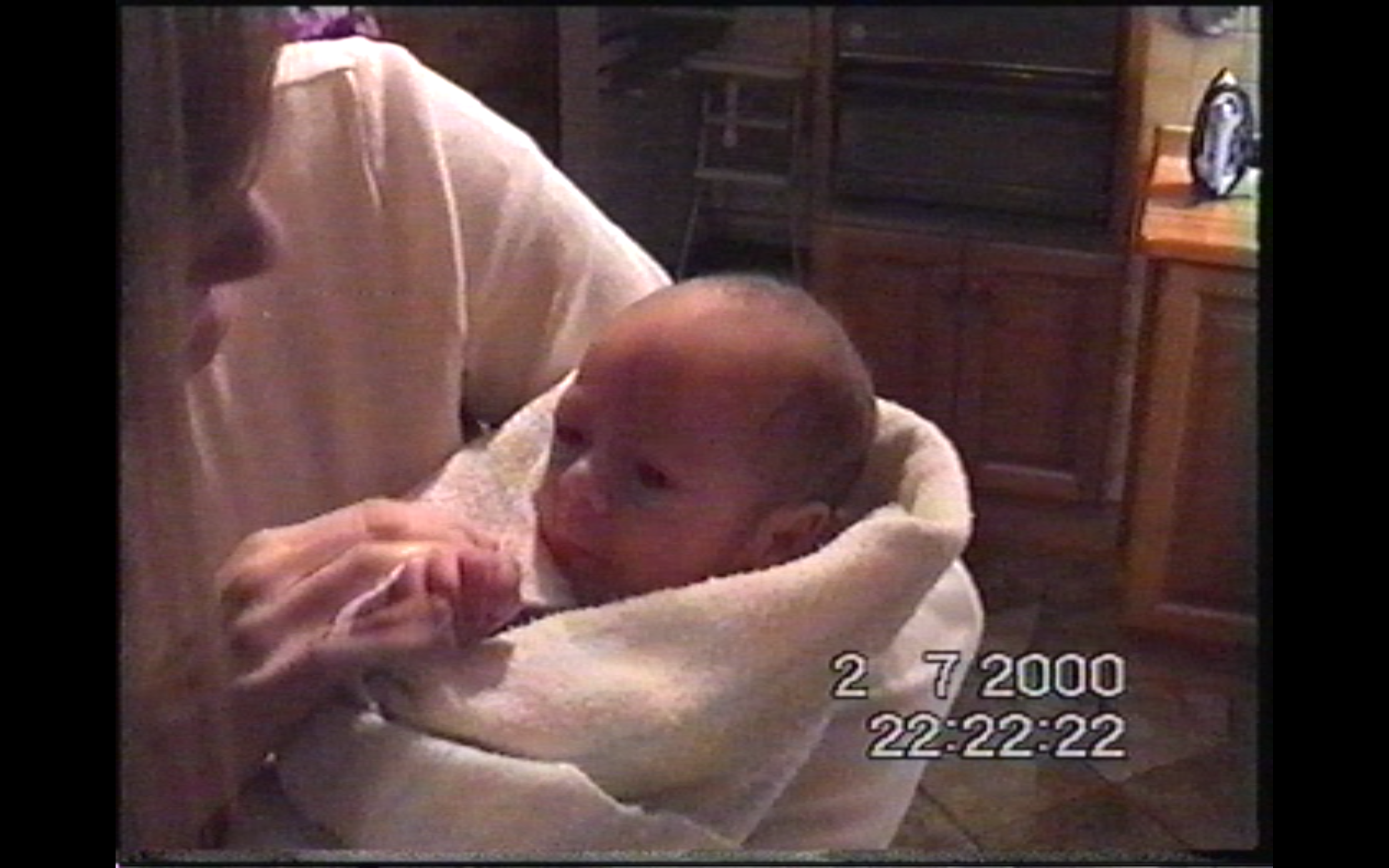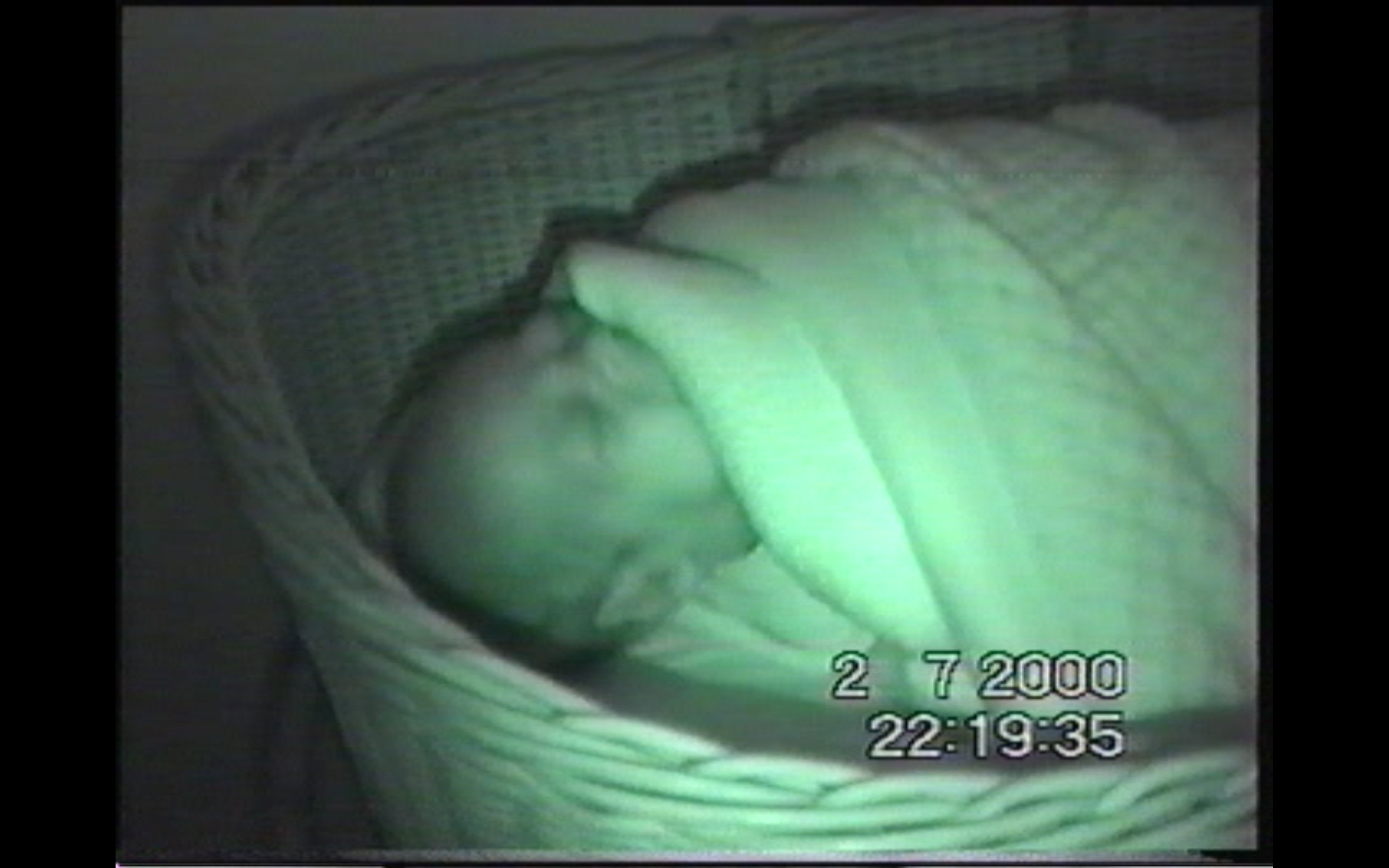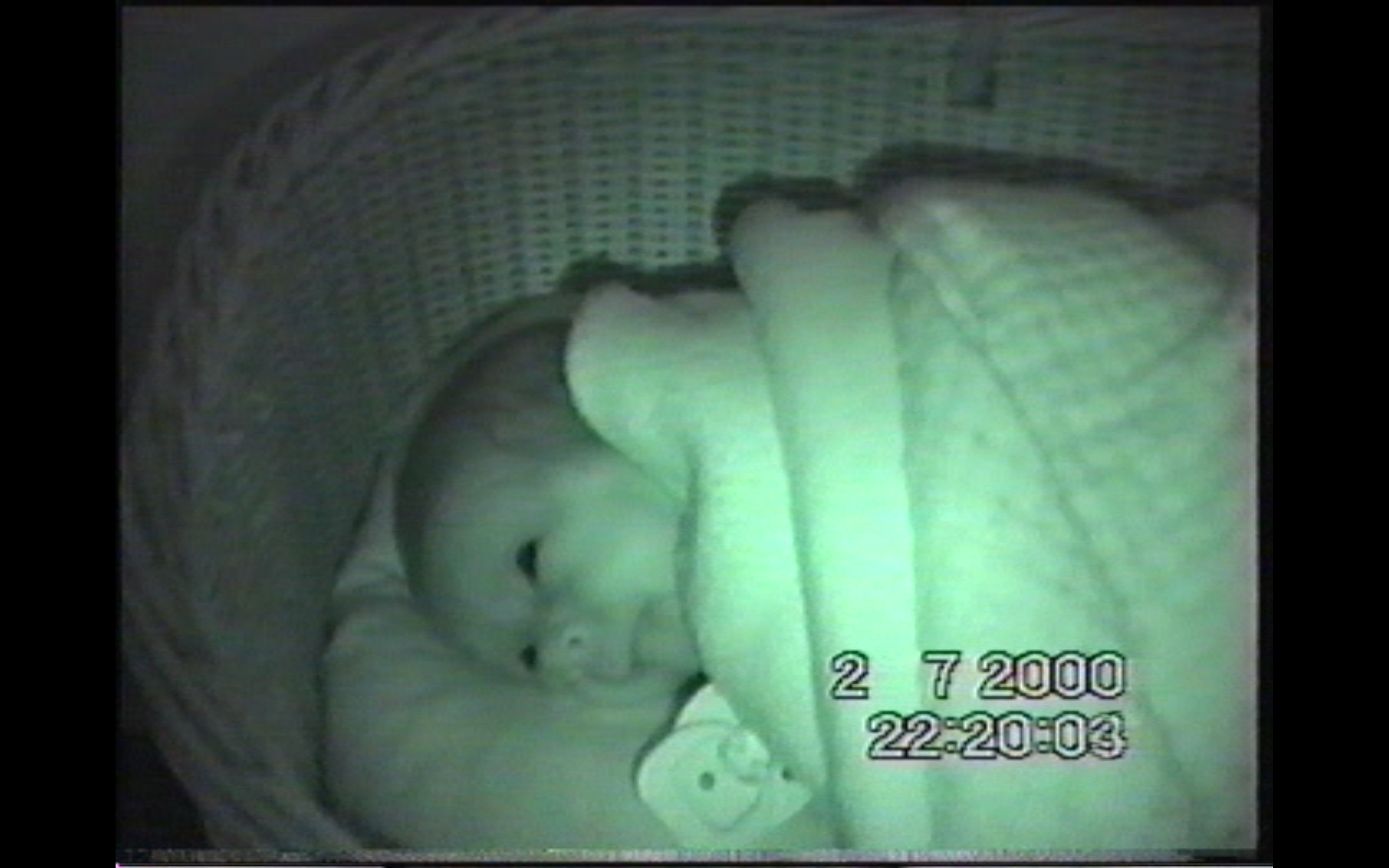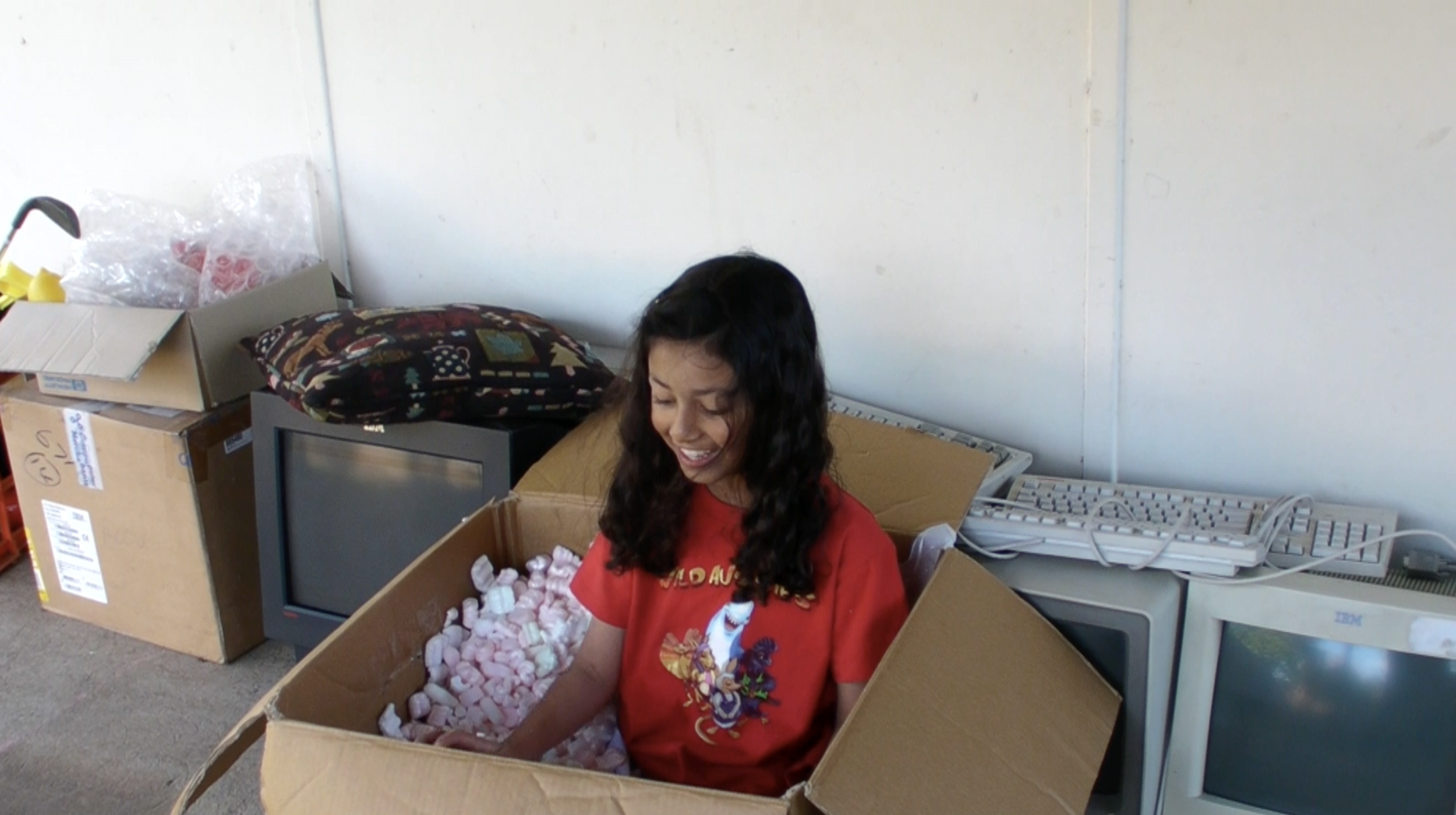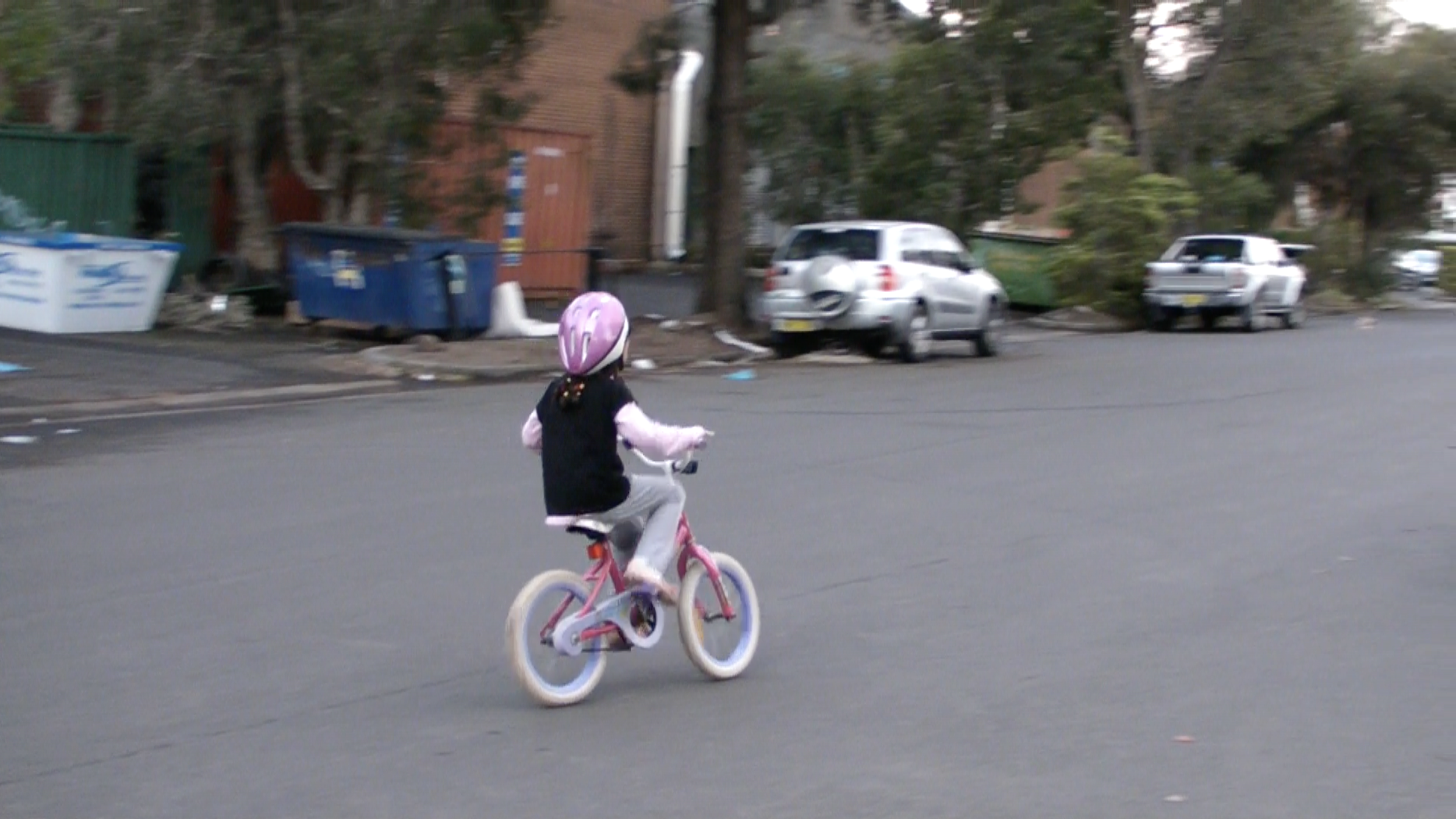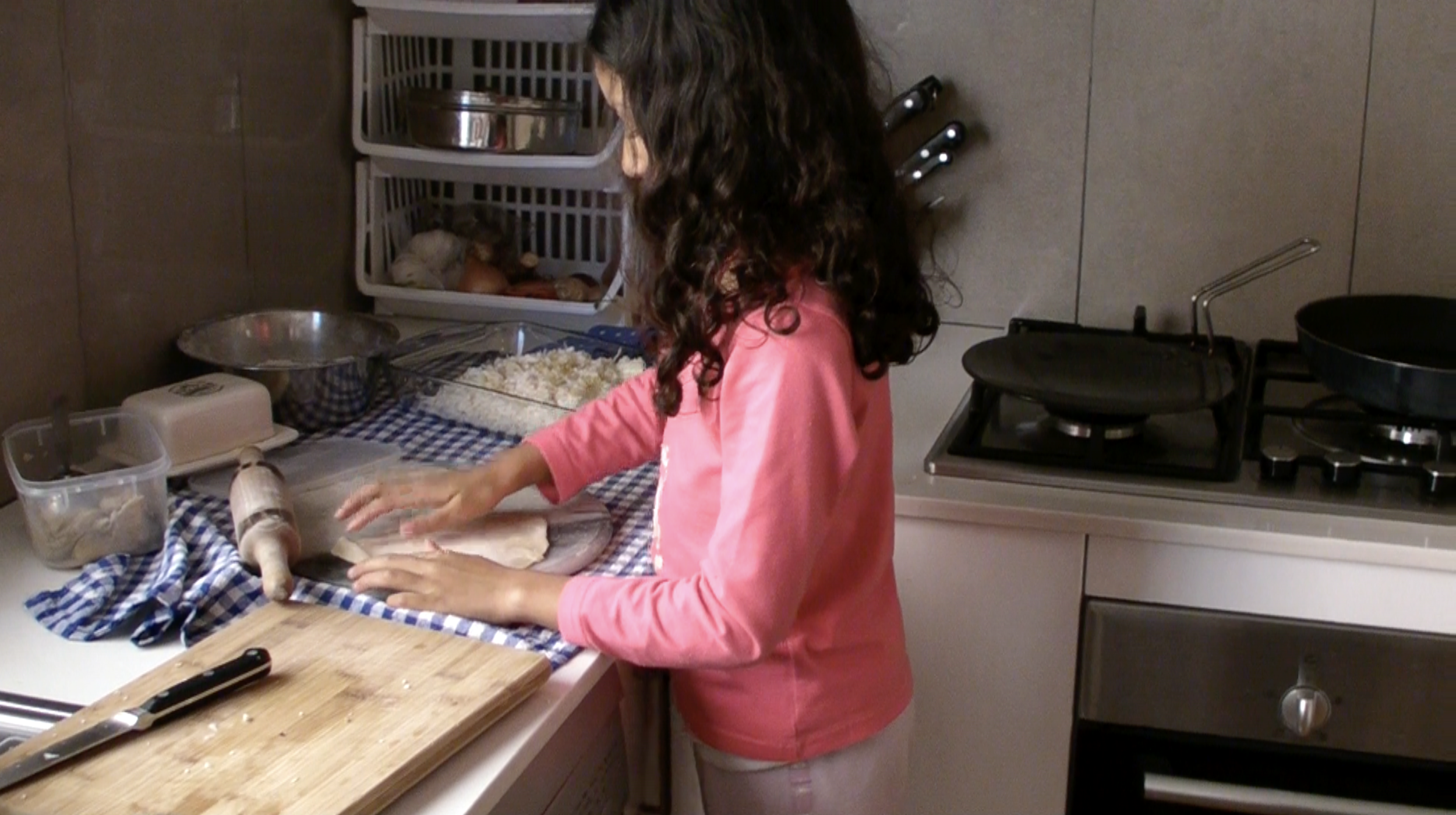A 60x zoom into camcorder aesthetics
Camcorders are in a renaissance.
Image Credit: Nandini Dhir
In the summer, I’d sit on the steps of my deck in my pyjamas, knotted curly bed hair and eat fresh mangoes from our tree — yellow flesh down my singlet and sweet Kensington Pride all over my face. “Nandinnnnn! What are you eating?”, my dad would ask, face behind a camcorder. My dad pretty much recorded our entire childhood, my older brothers’ on VHS and mine on digital. My mum recalls being in labour with me while my dad sat next to her reading the manual for a digital camcorder — I was a 2000s baby.
Stung by a bee for the first time, going to school with my big brothers, ballet concerts, coming last in every athletics carnival, eating Pizza Hut in the boot of our car — any core memory I have, it’s on the camcorder.
****
My Dad came hurrying to my crib. My brother and I were only babies. His camcorder hung over me as I cried out. Quickly realising my pacifier had fallen out of my mouth, he put it back in. My face was an alien green in the camera’s night-vision glow.
When we were older, my brother and I dug out the family camcorder. No one was using it. We filmed ourselves jumping on a trampoline and throwing things at one another, altering the speed in Windows Movie Maker and uploading it as “Slow Mo Boys” to little fanfare during the primordial days of YouTube. From there sprouted an interest in filmmaking that would only gestate over the years, but for the moment, we were just two nine-year-old boys running around our backyard with a camcorder in tow, shooting our little sketch videos and uploading them online.
****
Camcorders are in a renaissance. Whether scrolling through TikTok or attending a concert, not a moment goes by where you don’t see someone vlogging their day or shooting a show from within the crowd — the 16:9 LCD rectangle standing out in a sea of vertical phone screens raised above silhouetted heads. JB-HI-FI is even stocking up on camcorders, only these ones are lighter and compatible with micro SD cards, while still operating with the same old zoom capacity and file formats. When the average smartphone is filming at a standard 4K definition, the youth turns their collective minds to the bargain bins, flea markets and parents’ dusty garages, craving the crusty resolution of a 720p camera.
Camcorders were invented in 1983 with the Sony Betacam, recording directly onto video tapes that you would insert into the camera. It wasn’t until 2003 that the tapeless camcorder was released, allowing our lives and experiences to be stored and traded digitally.
The camcorder's invention allowed for greater freedom of movement for the camera operator. Throughout most of film history, cameras have been bulky inventions, incapable of being held on the shoulders of a single person. Cranes and dollies facilitated movement in early cinema, and there were great strides to push for a ‘free-flowing cinema’.
Silent film director F.W. Murnau dreamed of a cinema unimpeded by the limitations of space and time, and his magnum opus Sunrise is a testament to that. The camera moves in wild ways, weaving through foliage and scenes in a manner unlike the stilted one-shots of films decades prior.
Film language could have continued moving in the way Murnau predicted, had the innovation of tying sound to image not come about the very same year. Now, film had to account for two bulky machines: the camera and the sound recording equipment. Recording sound was, ironically, a very loud process. Film cameras had to be placed inside sound proof glass chambers, inhibiting their movement. It would take several decades before recording equipment would be light enough to catch up with Murnau’s ideas of a free-flowing cinema.
The camcorder was the next logical step in this process, combining sound and visual recording technologies within the same device. Beyond that, it came with a nifty strap to put your fingers in, allowing it to fit comfortably in the palm of your hand. Now you could move the camera any way you wanted, and it could fit into nooks and crannies smaller than any silent filmmaker could have ever dreamt of, dissolving spatial boundaries in the process. It is a device that uniquely straps-in the language of cinema with the body: where your hand goes, the film goes.
Besides this bodily freedom the camera affords, we’d be lying if we said we didn’t use camcorders for the aesthetic. While our phones can easily capture any memory in 4K and fit conveniently in our pockets, we would much rather carry around a bulky camcorder to record moments of an overseas trip, a night in the city, or a friend’s birthday. While everyone is capturing the city lights on their phone, you pull out an old camera that beeps when you turn it on. The shakiness achieved with a lack of inbuilt stabilisation, the extreme zoom — that no doubt challenges the Huawei — and the 2000s tech sound that makes heads turn when you switch it on and hit record, simply can’t be replaced with a video filter. As Y2K fashion has resurfaced, so has its technology, like the Koss Porta headphones, Tamagotchis, and Nikon Coolpix cameras. The distinction between pulling out your phone to film a 9:16 video for Instagram stories and vlogging a moment that can’t be shared until you’re at a laptop with an SD card reader, has this degree of separation. Though camcorder footage no doubt makes its way to social media eventually, it isn’t a format designed for instant sharing.
This distinction means there's a certain degree of nostalgia and personal memory attached to the footage taken. With basic video editing, the average user stitches together a curated selection of clips from a camcorder into a vlog, choosing what moments they want to remember and what can be thoughtfully forgotten. Creating home videos for the romanticised moments of young adulthood is where the camcorder shines.
Like the film aesthetic that’s led to global film shortage and some disposables retailing for over $30, the camcorder aesthetic cannot be replicated. There's something fallible and imperfect about the footage that is captured, like memories there are scratches, glitches, slightly muted colours, time skips and corrupted files. But they can never be shared like we can with modern technologies, and we must learn to embrace the digital fuzz. The nostalgia that is created with watching a video filmed in first person and the actual experience of slipping your four fingers into the camcorder strap, is why we’ve found ourselves stuck behind an old digital camera.


